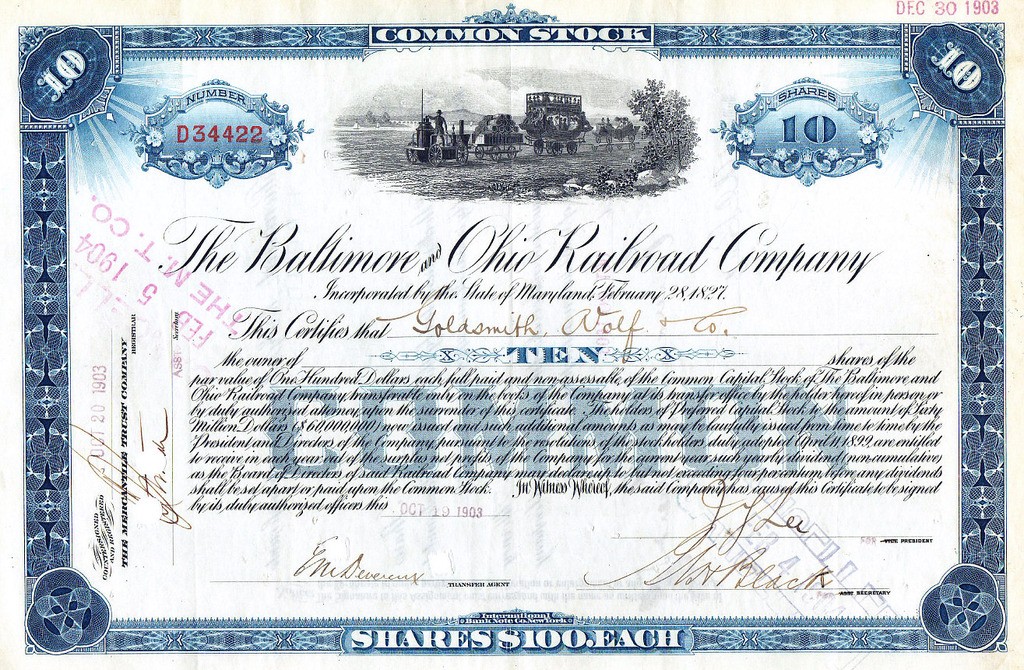Types Of Preferred Stocks and Their Journal Entries
Post on: 16 Март, 2015 No Comment

Preferred stock allows the holder to have rights not available to the common stockholders. One important right is a preference to dividends expressed as a percentage of par values if the preferred stock is issued with a par value or as a specific dollar amount if the preferred stock is a no-par preferred stock. Other types [features] of preferres stocks and their hournal entries are discussed on this post. Enjoy!
Advertisement
Cumulative Preferred Stock
Holders of cumulative preferred stocks are owed dividend in arrears for years the dividend is not declared, that is, not passed. For example . holders of 5,000 shares of 10%, $100 par cumulative preferred stocks are entitled to a $10 annual dividend per share. If dividend is passed for 2 years, the preferred shareholders are entitled to dividend in arrears of $100,000 ($10 x 5,000 shares x 2 years) and $50,000 for the third year. The amount paid in the third year is $150,000.
Participating Preferred Stock
Holders of participating preferred stock are entitled to share either fully (fully participating preferred stock) or partially (partially participating preferred stock) in any dividend available after the preferred stockholders have been paid at a rate equal to that paid for preferred stock. If preferred stock is paid at 10%, any amount in excess of 10% paid to common shareholders is shared between the preferred and common stockholders.
Convertible Preferred Stock
Holders of convertible preferred stock have the option to exchange their preferred shares for a specified number of common stock.
Callable Preferred Stock
Callable preferred stock allows the corporation to call or redeem at its option the outstanding preferred shares under conditions specified by the stock contract. At issuance of the callable preferred stock, the difference between the market and par value is credited to the additional Paid-in-Capital on Preferred Stock.
At recall, the difference is not treated as a gain or loss and two situations arise :
- Situation-1. If the call price exceeds the contributed capital (preferred stock plus additional paid-in-capital associated with the recalled preferred stock), the difference or ‘‘loss’’ is debited to retained earnings like a dividend distribution.
- Situation-2. If the call price is less than the contributed capital, the difference or ‘‘gain’’ is credited to Additional Paid-in-Capital from Recall of Preferred Stock.
Case Example
Let’s assume that the Lie Dharma Corporation has 5,000 shares of $100 par callable preferred stock issued at $120 per share.
Assuming a call price of $130, the following entry is made at the recall :
[Debit]. Preferred Stock ($100 par x 5,000) = 500,000
[Debit]. Additional Paid-in-Capital or Preferred Stock = 100,000
[Debit]. Retained Earnings ($650,000 $600,000) = 50,000
[Credit ]. Cash ($130 x 5,000) = 650,000
[Debit]. Preferred Stock, $100 par = 500,000
[Credit ]. Cash ($110 x 5,000) = 550,000
[Credit]. Additional Paid-in-Capital from Recall of Preferred Stock = 50,000
Preferred Stock with Stock Warrants
Preferred stocks may be issued with stock warrants offering the holder not only preference as to dividends but also rights to purchase additional shares of common stock at a specified price over some future period. Given these dual rights the proceeds from the issuance of preferred stock with attachable warrants are to be allocated to preferred stockholder’s equity and common stockholders’ equity, on the basis of the relative fair values of the two securities at the time of issuance.
Case Example
To illustrate, let’s assume that the XYZ Company issues 5,000 shares of $100 par value preferred stock at a price of $130 per share with a detachable warrant that allows the holder to purchase for each preferred share one share of $20 par common stock at $50 per share. Following the issuance, the preferred stock was selling ex-rights (without the warrants) at a market price of $120, while the warrant was selling for $8 each. The following computations are required :
- Market Value of Preferred Stock: ($120 x 5,000) = $600,000
- Market Value of Warrants: ($8 x 5,000) = $40,000
- Total Market Value: ($600,000 40,000) = $640,000
- Issuance Value ($130 x 5,000) = $650,000
- Allocation to Preferred Stock: $650,000 x [$600,000/$640,000] = $609,375
- Allocation to Warrants: $650,000 x [$40,000/$640,000] = $40,625
At the time of issuance the following entry is made :
[Debit]. Cash ($130 x 5,000) = 650,000
[Credit]. Preferred Stock, $100 par (5,000 x $100) = 500,000
[Credit]. Additional Paid-in-Capital on Preferred Stock = 109,375
[Credit]. Common Stock Warrants = 40,625
When the warrants are exercised, the following entry is made :














